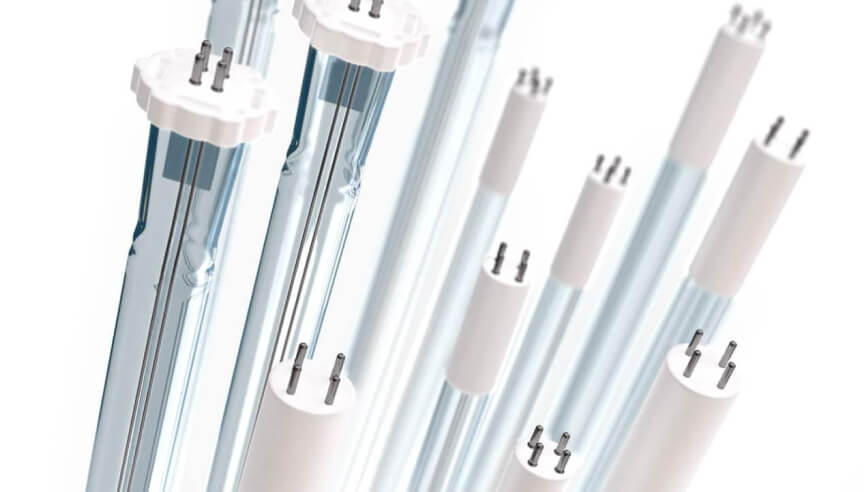Recent Posts
The Determinants of Lamp Quantity in UV Systems

The Determinants of Lamp Quantity in UV Water Purification Systems
Ultraviolet (UV) water purification systems are a crucial technology in ensuring safe drinking water by using UV light to neutralize harmful microorganisms. The effectiveness of these systems largely depends on the number of UV lamps they utilize. But what factors determine the number of lamps needed in a UV water purification system? Let’s explore the key determinants.
1. Flow Rate of Water
The flow rate, or the volume of water passing through the system per unit time, is a primary determinant of the number of UV lamps required. Higher flow rates necessitate more UV lamps to ensure that all the water receives sufficient UV exposure for effective disinfection. For instance, a system designed to purify water at a rate of 100 gallons per minute (GPM) will require more lamps than a system purifying water at 10 GPM to achieve the same level of microbial inactivation.
2. Water Quality
The quality of the incoming water plays a significant role in determining the number of UV lamps. Key water quality parameters include:
- Turbidity:
Cloudy water with high turbidity can shield microorganisms from UV light, necessitating more lamps to ensure adequate penetration. - UV Transmittance (UVT):
This measures how much UV light can pass through the water. Lower UVT values (indicating more impurities) require additional lamps to compensate for reduced light penetration.
3. Type and Concentration of Microorganisms
Different microorganisms have varying levels of resistance to UV light. For example, viruses generally require higher UV doses compared to bacteria. If the water source is known to contain resistant microorganisms or a high concentration of pathogens, more UV lamps will be needed to deliver a higher cumulative dose of UV light to ensure effective disinfection.
4. System Design and Configuration
The design and configuration of the UV system itself can influence the number of lamps required. Factors include:
- Reactor Size and Shape:
Larger reactors or those with a design that allows for better UV light distribution may require fewer lamps to achieve the same level of disinfection. - Lamp Placement:
Optimized placement of lamps within the reactor can enhance the UV exposure of water, potentially reducing the number of lamps needed.
5. Regulatory and Safety Standards
Compliance with regulatory standards and guidelines often dictates the minimum UV dose that must be achieved. These standards can vary based on the application (e.g., drinking water, wastewater, industrial processes) and the target microorganisms. Adhering to these standards might require additional lamps to ensure that the system meets the prescribed UV dose.
6. Operational Considerations
Operational factors, such as maintenance schedules and the lifespan of UV lamps, can also impact the number of lamps. To maintain consistent performance, systems are often designed with a margin that accounts for lamp aging and fouling, ensuring that even as lamps degrade over time, the system continues to deliver the required UV dose.
Conclusion
The number of lamps in a UV water purification system is determined by a complex interplay of factors, including the flow rate of the water, its quality, the type and concentration of microorganisms present, the design of the system, regulatory requirements, and operational considerations. Understanding these factors helps in designing and operating effective UV water purification systems that ensure safe and reliable water treatment.
